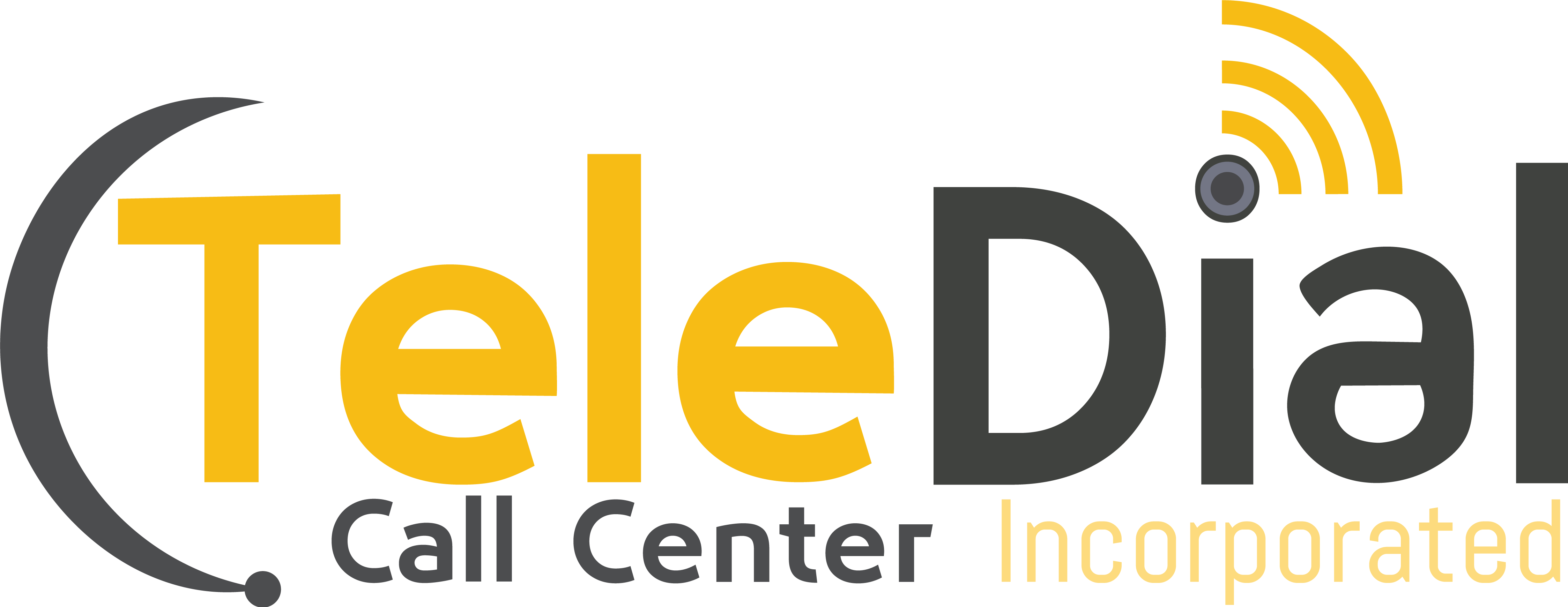
Businesses face mounting pressure to optimize operating costs and stay competitive in today’s fast-paced economy. One of the most effective strategies for achieving this is through Business Process Outsourcing (BPO). BPOs specialize in managing specific business processes for organizations, delivering cost savings, and improving operational efficiency. They streamline operations, reduce labor costs, and leverage advanced technology to help businesses achieve their financial and operational goals.
The BPO Cost Advantage
Outsourcing has become an instrument of cost-reduction strategies across industries. Companies shift tasks to specialized third-party providers so they can focus on core business functions while enjoying reduced expenses and improved service quality.
The primary cost advantage of BPOs lies in their ability to operate at scale. With access to skilled labor in cost-effective locations, BPOs provide significant savings on labor costs, which often constitute a large portion of operational expenses. Additionally, BPOs invest heavily in cutting-edge technologies, allowing businesses to benefit from automation and advanced tools without the need for upfront capital investment.
Unveiling the Role of BPOs in Cost Reduction
The Strategic Importance of Cost Optimization in Today’s Business Landscape
Cost optimization is no longer just a financial goal; it is a strategic imperative for organizations. Rising competition, economic fluctuations, and the need for agility have made it essential for businesses to allocate resources more efficiently.
BPOs play a vital role in this area by helping companies reduce costs without compromising service quality. From customer service to back-office operations, outsourcing non-core functions allows organizations to focus on innovation and growth while keeping overhead expenses low.
How BPOs Serve as a Catalyst for Operational Efficiency
Operational efficiency plays a great role in cost savings, and BPOs excel at achieving this. By streamlining workflows, standardizing processes, and implementing best practices, BPOs eliminate inefficiencies that drive up costs.
For example, a BPO handling customer support can reduce wait times, improve first-call resolution rates, and enhance overall customer satisfaction by employing optimized workflows and specialized teams. These efficiencies translate into cost savings and a better customer experience, which boosts long-term profitability.
Core Strategies Employed by BPOs to Slash Operating Expenses

Embracing Automation to Streamline Processes
Automation is a game-changer in reducing operational costs. BPOs leverage automation tools such as robotic process automation (RPA) and artificial intelligence (AI) to handle repetitive tasks with speed and accuracy.
For instance, RPA can process invoices, manage data entry, and generate reports without manual intervention. This reduces labor costs and minimizes the risk of errors, ensuring smoother operations and lower expenses.
Leveraging Advanced Analytics for Smarter Decision-Making
Data-driven decision-making is key to cost reduction, and BPOs are experts at using advanced analytics to identify cost-saving opportunities. By analyzing patterns, trends, and inefficiencies, BPOs help businesses optimize resource allocation and improve overall performance.
For example, analytics can reveal areas where customer service response times lag or highlight cost-saving opportunities in supply chain management. These insights empower businesses to make informed decisions that enhance operational efficiency.
Outsourcing Non-Core Functions to Focus on Business Growth
BPOs allow businesses to offload non-core functions like payroll, data entry, and customer support. This enables organizations to concentrate on their primary objectives, such as product development and market expansion.
By outsourcing these tasks, companies can reduce operating costs associated with hiring, training, and maintaining in-house teams. Additionally, BPOs bring expertise and specialized resources to these functions, ensuring high-quality service at a lower cost.
Technological Innovations Driving Cost Savings in BPO

Cloud Computing: A Gateway to Scalability and Cost Efficiency
Cloud computing has revolutionized the way BPOs operate, offering scalable solutions that reduce IT infrastructure costs. Instead of investing in expensive hardware and software, businesses can leverage cloud-based platforms provided by BPOs.
These platforms enable secure data storage, seamless collaboration, and remote access, making it easier for teams to work efficiently from anywhere. The pay-as-you-go pricing model also ensures that businesses only pay for the resources they use, further reducing costs.
AI and Machine Learning: Enhancing Productivity While Reducing Costs
Artificial intelligence (AI) and machine learning are driving significant cost savings in BPO operations. These technologies enable the automation of complex tasks, predictive analytics, and personalized customer interactions, all of which enhance productivity and reduce expenses.
For example, AI-powered chatbots can handle routine customer inquiries, freeing human agents to focus on more complex issues. Machine learning algorithms can also identify patterns in customer behavior, enabling proactive problem-solving and improved service delivery.
Optimizing Workforce Management for Economic Efficiency

Implementing Flexible Work Arrangements to Reduce Operating Costs
Flexible work arrangements, such as remote work and hybrid models, have become increasingly popular in BPOs. These arrangements reduce the need for large office spaces, utilities, and other overhead costs associated with traditional workplaces.
BPOs equipped with robust digital tools can seamlessly manage remote teams to ensure that productivity remains high while operational costs decrease. This approach also allows BPOs to tap into a global talent pool, further enhancing their cost-effectiveness.
Skill Development and Training: Investing in Human Capital for Long-Term Savings
Investing in employee training and development may seem like an added expense, but it ultimately leads to cost savings in the long run. Well-trained employees are more productive, make fewer errors, and provide better service, reducing the need for rework and customer complaints.
BPOs often implement comprehensive training programs to equip their teams with the skills needed to handle complex tasks efficiently. This investment in human capital guarantees that businesses receive high-quality service while minimizing operational costs.
The Future of Cost Savings: Leveraging BPO Solutions

As technology continues to advance, the cost-saving potential of BPOs will only grow. Emerging trends such as blockchain for secure transactions, IoT for real-time data monitoring, and advanced AI solutions promise to make BPO operations even more efficient and cost-effective.
Businesses that embrace BPO solutions can stay ahead of the curve as they leverage the expertise, technology, and efficiency of outsourcing partners to achieve their financial and operational goals.
Through understanding of strategies and innovations employed by BPOs, organizations can make informed decisions about outsourcing and unlock significant cost-saving opportunities. Whether it’s through automation, advanced analytics, or workforce optimization, BPOs offer a proven pathway to reducing operating costs and getting more from financial resources.
